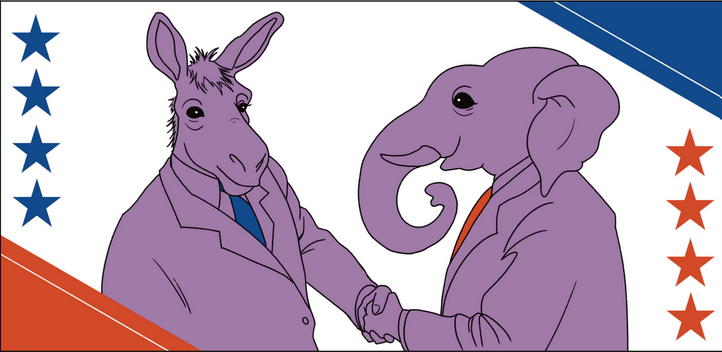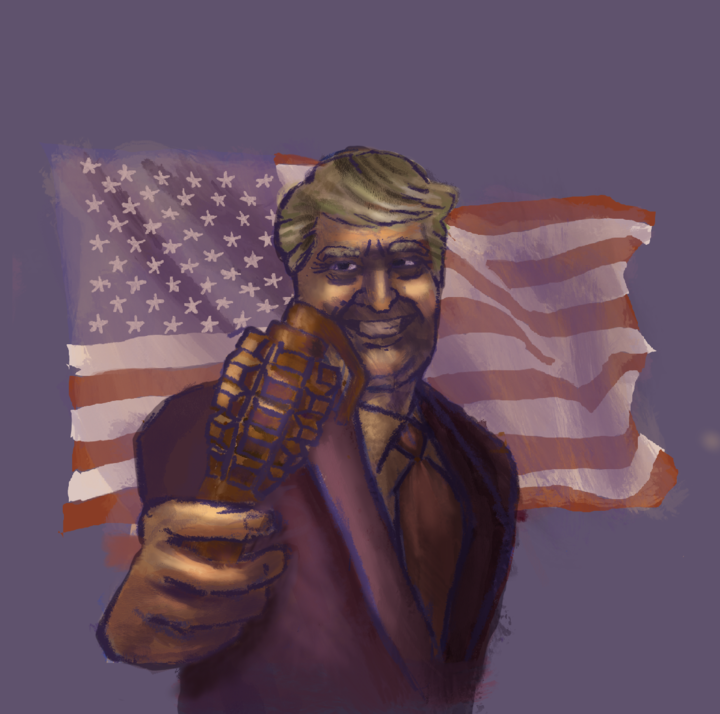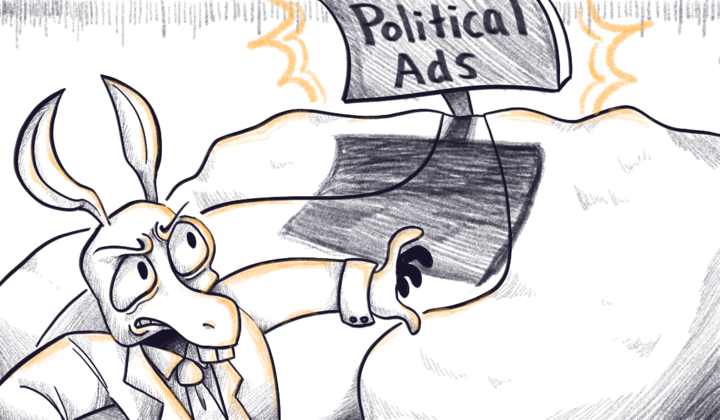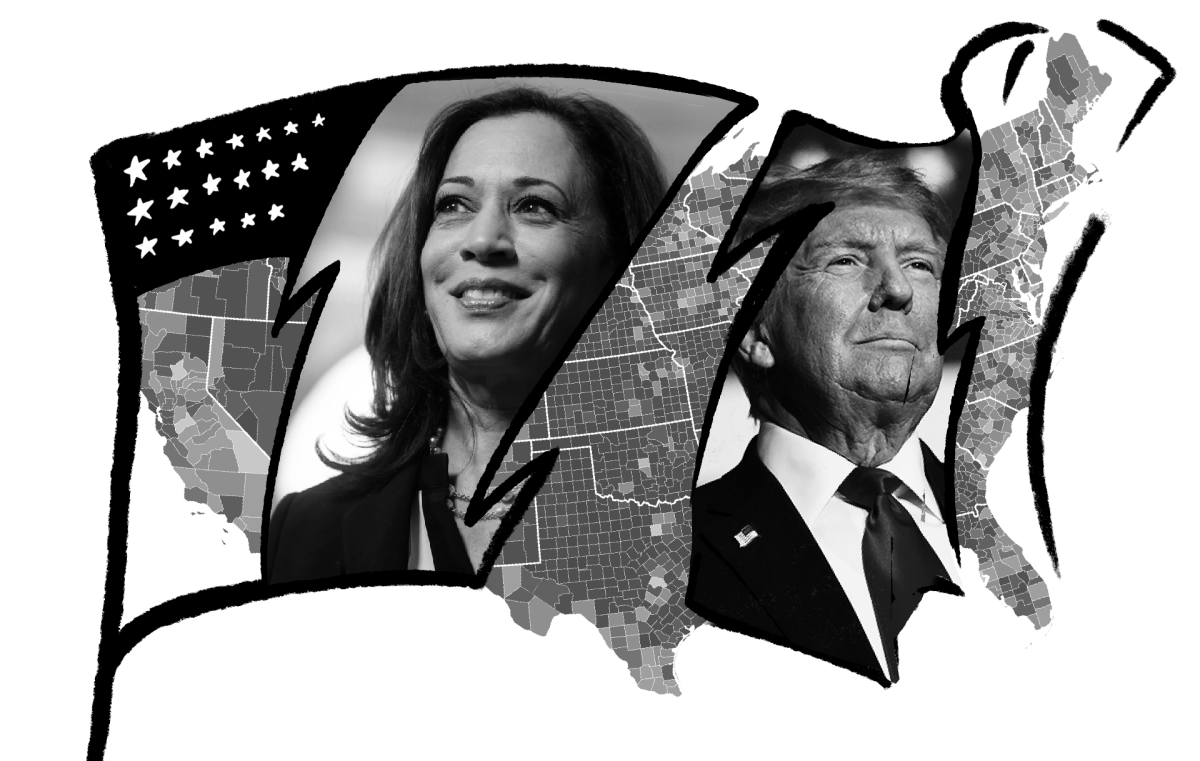A recent ruling by the 9th U.S. Circuit Court of Appeals has opened the doors to a possible concealed carry policy for firearms in San Diego County.
San Diegans Should Not Fear New Policy and Have a Right to Self-Defense
It is unacceptable that law-abiding San Di- egans of sound mind and good moral character are chained to the sheriff ’s discretion in obtain- ing a concealed carry permit. Self-defense, as decided by a 9th Circuit panel, should be the only reason relevant.
UCSD students have no need to worry about guns on campus. California law prohibits weapons at universities unless a person with a concealed carry permit gets written permission from the university’s president, an improbable scenario.
Citing FBI crime statistics, economist John Lott argues that concealed carry laws decrease the murder, rape, and aggravated assault rates. Lott also updated his data after finding that despite having the worst recession in over half a century, 2010 had the lowest crime rate in decades. Furthermore, an increase in crime in San Diego is about as likely as the UC regents cutting tuition. Murder rates are at their lowest in 40 years — a trend that began with a steep decline in crime since the early ‘90s. Interestingly enough, Lott observed that this coincided with expansion of gun rights at the state level.
And yet, despite reality, people seek to un- dermine not just San Diegans, but all Americans’ Second Amendment rights. Perhaps they should heed the words of John Adams as he ensured a fair trial for British soldiers derided for defending them- selves in a conflict they would have most certainly been killed in had they not been armed. “Facts are stubborn things; and whatever may be our wishes … they cannot alter the state of facts and evidence.”
— Jordan Utley-Thomson Staff Writer
An Open Carry Policy Would Hold Individuals More Responsible for Firearms
Previously in San Diego, carrying concealed guns required a good cause for authorization, such as a specific, identifiable threat to a person. This is no longer the case since the law was weakened by a split 9th U.S.Circuit Court of Appeals decision. Now the rather ambiguous need for self-defense can serve as justification to apply for a concealed gun permit. There still needs to be carefully placed restrictions on the handling and distribution of firearms, despite allowing more people to apply for gun permits.
Since the ruling of the panel, it is unclear how many requests for gun permits will be granted. Around 10 percent of requests for gun permits are denied, according to the San Diego Sheriff ’s Department. An open carry law would be the best policy. UCLA professor Adam Winkler, a gun-law expert, said, “If you don’t want many guns on the street, the answer is open carry.”
If a gun handler is not comfortable visibly displaying their firearm to the city, San Diego shouldn’t be comfortable equipping that person with a pistol.
People deserve transparency and honest com- munication with regard to potential risks. The San Diego Association of Governments found that 72 percent of gang-related crime in San Diego correlat- ed with gun use. An open carry policy is an impor- tant way to combat this. Being visibly equipped with a gun attracts a bit more attention than most people care for. This would ensure that people who carry guns in public are willing to take complete respon- sibility. The Second Amendment may guarantee the right to bear arms, but it doesn’t justify the conceal- ment of all weapons from public awareness.
— Cassia Pollock Contributing Writer
Legally Allowing Concealed Guns Raises Questions for Public Safety
Carrying guns, even concealed ones, only increases the risk of someone pulling one out and transforming a benign incident into a tragic homicide. Today, fewer Americans think that guns provide the best form of self-defense. The Law Center to Reduce Gun Violence cited an April 2010 poll, which found that 57 percent of registered voters across the United States feel less safe after learning that concealed guns may lawfully be carried in public.
Attorney Chuck Michel, who represented the plaintiffs challenging San Diego›s gun restrictions, said, “No longer will criminals have the security of knowing that their victims are defenseless in public.” However, the Inter-university Consortium for Political and Social Research conducted a survey of incarcerated felons and found that 75 percent of those interrogated reported carrying a gun while committing a crime because “there’s always a chance my victim would be armed.”
Chances are that minor confrontations will also escalate more quickly if the opposite sides have guns instead of fists at their disposal. In November 2009, a study by the American Journal of Public Health found that someone carrying a gun for self- defense was 4.5 times more likely to be shot during an assault compared to a victim without a gun.
Allowing concealed guns in public spaces also raises the obvious question of public safety: Is it now enforced by the citizen or by trained professionals, such as the police? Letting people carry concealed guns raises more questions than it answers and is in no way a guarantee for a reduced threat to public safety.
— MARCUS THUILLIER Contributing Writer







